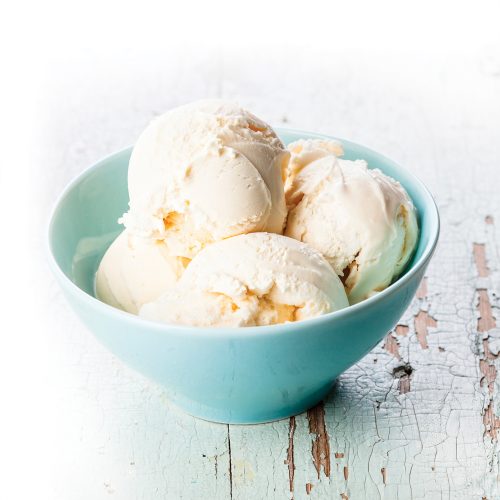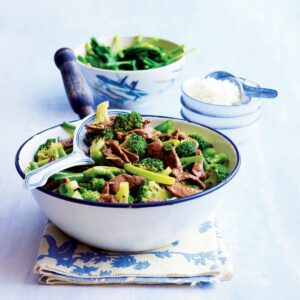
Nutritionist Brigid Chunn finds healthier options for ice cream and frozen desserts.
Ice cream is a popular dessert worldwide with New Zealanders, the US and Australia eating the most.
The market is booming with new products — from premium ice cream to sorbets, gelatos, frozen yoghurts and dairy-free frozen desserts; from low-fat to reduced-fat, there is something to suit everyone’s tastes and waists!
Saturated fat
The recommendation for saturated fat is no more than 23g per day (based on an 8700kJ day). Traditional ice cream is high in saturated fat.
A 100g serve of ice cream (about half to three-quarters of a cup) may contain between 6-10g saturated fat, which equates to roughly a quarter to a half the recommended daily intake. But if you want to avoid high-fat ice creams there is a great range of products that are low in saturated fat. On the other hand, if you can’t go past a traditional ice cream, rather than have a 100g serve, why not just have a small scoop (about 50g) to reduce the saturated fat intake. We recommend 4g or less saturated fat per 100g is good but 2g or less saturated fat per 100g is better.
Dairy
Dairy-based products such as ice creams, gelatos and frozen yoghurts have a couple of nutritional advantages over other frozen desserts. First, they contain some protein — around 1g-5g per 100g serve, so they will be more satisfying than water-based sorbets. And dairy products are a good source of calcium although the amount of calcium in these products does vary and unfortunately, many products don’t state the calcium content. However, while ice cream may be a useful source of calcium, it’s important to remember that for many of us it is a treat food (even the reduced-fat varieties) and should not be relied on as a main source of calcium. We recommend 150mg or more calcium per 100g, if it’s listed on the pack.
Sugars
Most ice creams and related products are high in sugars. Some is from natural sugars contained in milk or fruit but often sugar is added as well. Some frozen yoghurts have no added sugar but it do contain the sweeteners sorbitol and maltitol. These are not recommended for people following a low-FODMAP diet. We recommend 30g or less sugars per 100g as good but 20g or less sugar per 100g is even better.
Energy
Serving sizes vary depending on the ice cream. Most, however, are about 100ml (1-2 scoops) which is smaller than a 100g serve. We recommend choosing a product with 800kJ or less per 100g but if you are watching your weight aim for 600kJ or less per 100g. It is important to watch your portion size as it’s easy to have an extra couple of scoops. Look for products that come in serve size containers because they are useful for portion control.
www.healthyfood.com










